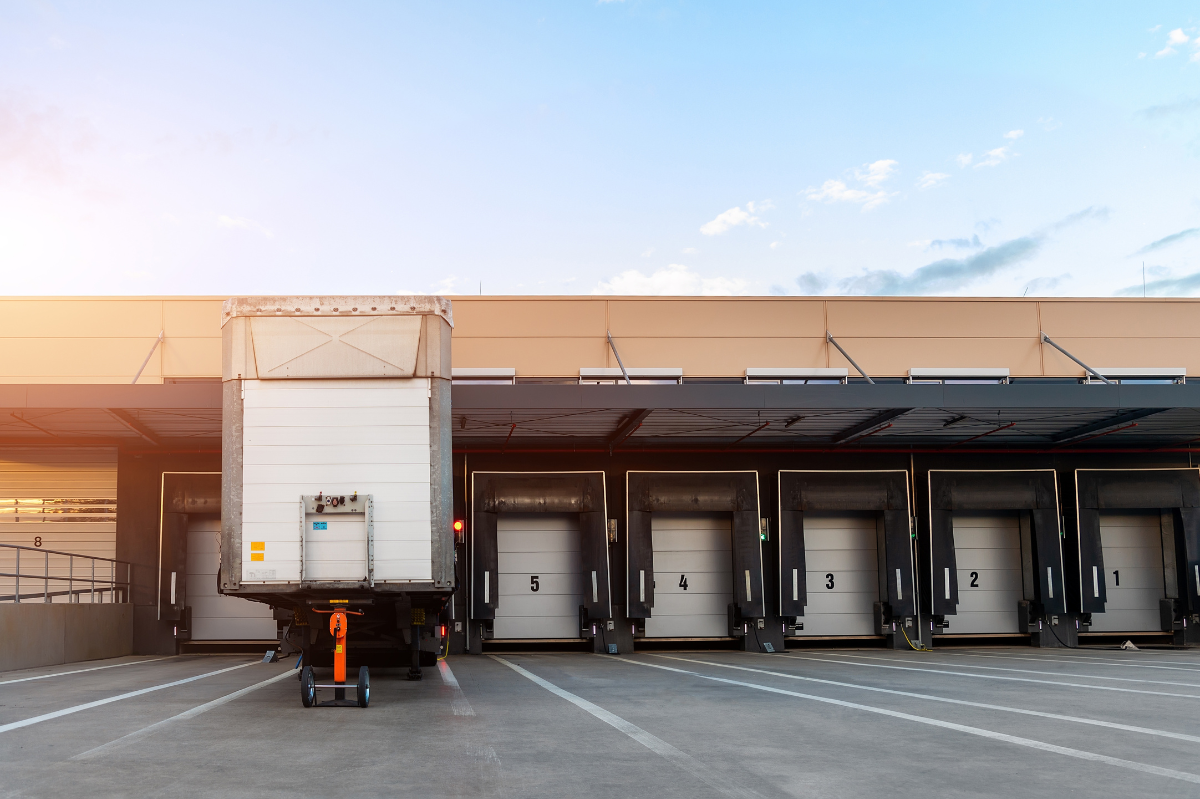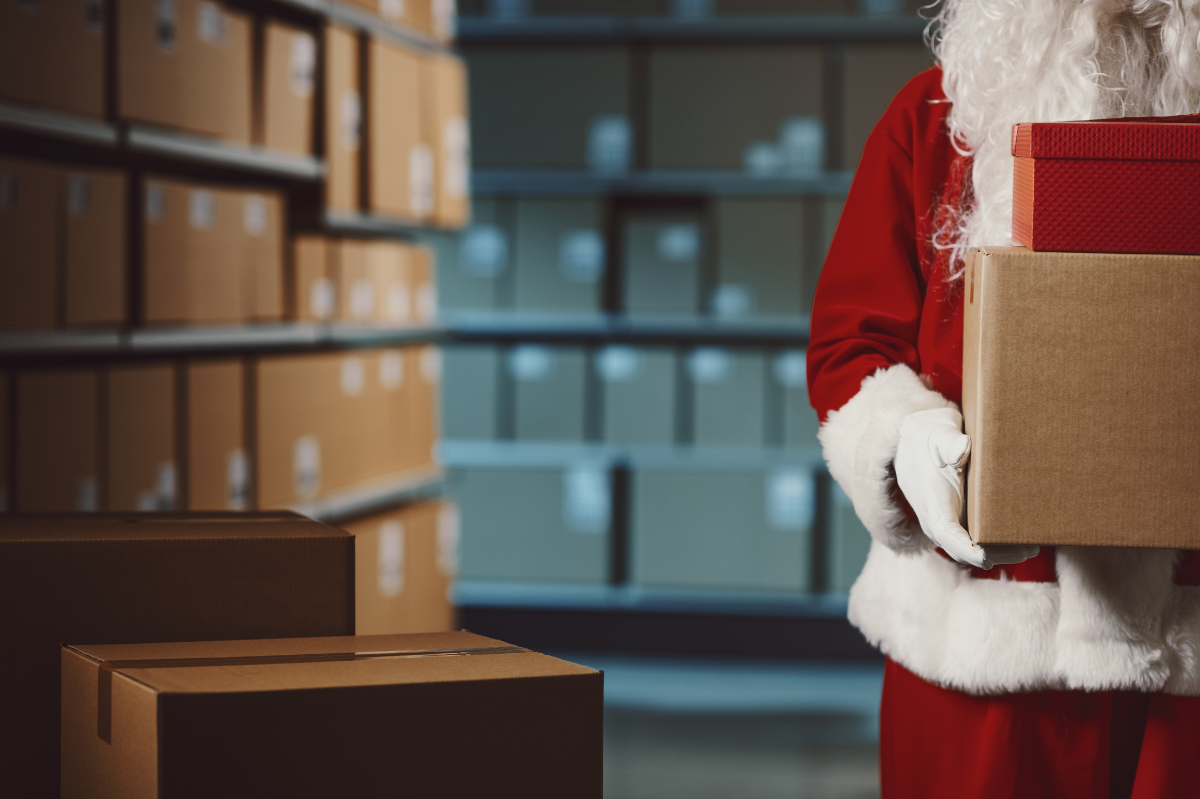The ecommerce customer journey doesn’t end at checkout, it’s just beginning. In today’s competitive landscape, what happens after the sale is as important as how you acquire customers in the first place. A customer's post purchase experience has become a critical lever for loyalty, efficiency, and long-term growth.
For mid-sized and enterprise ecommerce operators, the ability to consistently deliver on customer expectations requires a sharp focus on last mile delivery, carrier strategy, and fulfillment operations. An ecommerce website is central to ecommerce work, serving as the primary platform for selling online and shaping the post purchase experience.
This article breaks down where brands can improve and what tools and approaches create measurable impact.
Why the Post-Purchase Shipping Experience Matters
Customers don’t separate your brand from your shipping partners. A late or confusing delivery reflects poorly on your business, regardless of where the breakdown occurs. Data consistently shows that:
- Last mile delivery accounts for over 50% of total logistics spend, making it both the most expensive and the most visible stage of fulfillment. Delivery companies play a crucial role in the final delivery process, where factors like location, traffic, and weather can impact delivery times.
- 84% of shoppers say they’re unlikely to return after a poor shipping experience.
- Transparent tracking and predictable delivery windows can reduce “Where is my order?” (WISMO) calls by up to 30%, freeing up internal resources.
The customer's experience is shaped not only by the shipping process but also by the customer support team, especially when issues arise and need resolution.
In other words: shipping isn’t just a cost center, it’s part of your brand promise.
Key Areas to Optimize the Post-Purchase Shipping Experience
1. Last Mile Delivery Strategy
The last mile is where expectations meet reality. To optimize it, ecommerce operators should:
- Leverage multi-carrier networks: Relying on a single carrier limits flexibility. Multi-carrier shipping software like VESYL helps operators compare rates, transit times, and performance in real time. Transportation hubs play a critical role in the last mile delivery process by serving as central points where goods are organized and dispatched to their final destination.
- Use regional carriers strategically: For certain zones, regional providers can outperform national carriers on both speed and cost. The only point of customer interaction during last mile delivery is often with the delivery driver, making this touchpoint crucial for customer satisfaction.
- Balance speed with cost: Not every order requires two-day shipping. Segment orders by customer profile, product type, or service level agreement (SLA) to control costs without sacrificing satisfaction. Optimizing the supply chain is crucial for ensuring packages reach their final destination efficiently.
2. Proactive Customer Communication
Silence after checkout creates friction. Operators should:
- Provide branded tracking pages instead of generic carrier links.
- Send proactive notifications for each milestone: order confirmation, order confirmed, shipped, out for delivery, delayed.
- Give customers self-service options to update addresses, delivery windows, or pickup preferences.
Post purchase emails and a well-designed checkout flow ensure the customer receives timely updates and can encourage customers to make a next purchase. Effective communication after purchase helps build strong customer relationships and capture the customer's attention.
A smooth flow of communication transforms uncertainty into confidence.
3. Data-Driven Shipping Decisions
Shipping generates an enormous amount of operational data, but only if you can capture and interpret it. By analyzing delivery performance and cost per order, ecommerce teams can:
- Identify underperforming carriers before they impact customer satisfaction.
- Detect patterns in WISMO calls and proactively address common issues.
- Model scenarios (e.g., ground vs. expedited mix) to optimize total cost-to-serve.
In addition, incorporating market research and data on supply chains can inform better shipping decisions by revealing logistics trends and warehousing efficiencies.
Tracking customer lifetime value and understanding the needs of new customers can further help optimize shipping strategies, ensuring long-term growth and improved customer retention.
4. Returns as Part of the Experience
Post-purchase doesn’t stop when the order is delivered. Returns can either frustrate customers or win their loyalty. Best practices include:
- Clear, simple return policies displayed before checkout.
- Easy label generation and self-service return portals.
- Using returns data to inform inventory planning and product quality control.
A seamless return process keeps customers coming back, even if the first order wasn’t a perfect fit. It can also generate positive reviews and support loyalty programs by building trust and encouraging repeat business.
Measuring Success: Key Performance Metrics for Post-Purchase Shipping
To truly optimize the post purchase experience, ecommerce businesses must track the right performance metrics. These key indicators reveal how well your last mile delivery strategies are working and where your online store can improve to boost customer satisfaction and encourage more repeat purchases.
Here are the essential metrics every ecommerce operator should monitor:
- On-Time Delivery Rate: Measures the percentage of orders that reach customers within the promised timeframe. High on-time rates signal a reliable last mile delivery process, directly impacting customer satisfaction and the likelihood of repeat purchases.
- Delivery Accuracy: Tracks how often orders are delivered to the correct address and contain the correct items. Mistakes in the final mile can erode trust and lead to costly returns or negative reviews.
- WISMO (Where Is My Order?) Rate: The frequency of customer inquiries about order status. A lower WISMO rate indicates that your post purchase communication and tracking tools are effective, reducing friction in the customer’s experience.
- Repeat Purchase Rate: Shows the percentage of customers who return to shop online with your store after their initial purchase. A strong post purchase shipping experience can significantly increase this metric, driving more revenue and customer loyalty.
- Customer Satisfaction Score (CSAT): Direct feedback from customers about their online shopping experience, especially regarding delivery and the final mile. High CSAT scores reflect a seamless post purchase journey and a well-executed last mile delivery.
By regularly analyzing these key metrics, online stores can pinpoint bottlenecks in their mile delivery process, refine their post purchase strategies, and ultimately deliver a superior customer experience.
Building a Post-Purchase Experience for Scale
For growing ecommerce businesses, the challenge is scale: how to manage increasing order volumes, complex carrier networks, and heightened customer expectations without ballooning headcount or overhead.
Ecommerce sales and direct sales through online channels are far more scalable than traditional brick and mortar stores or physical stores, allowing businesses to reach more customers without the limitations of a physical location. M commerce and mobile commerce are transforming the way businesses sell products online and reach new customers, making it easier than ever to expand beyond the limitations of a brick and mortar store.
Final Takeaway
The post-purchase experience is no longer a “back-end” detail, it’s a competitive differentiator. Brands that optimize last mile delivery, invest in proactive communication, and use data to guide decision-making will reduce costs while deepening customer trust.
From click to doorstep, every step matters. Ecommerce operators who get it right aren’t just delivering packages; they’re delivering loyalty, efficiency, and long-term growth.
Related Topics
Learn how VESYL can save you money on shipping
Not sure which plan suits you best? Have questions about our software? Contact our sales team for expert guidance.

.png)
.png)
.png)



